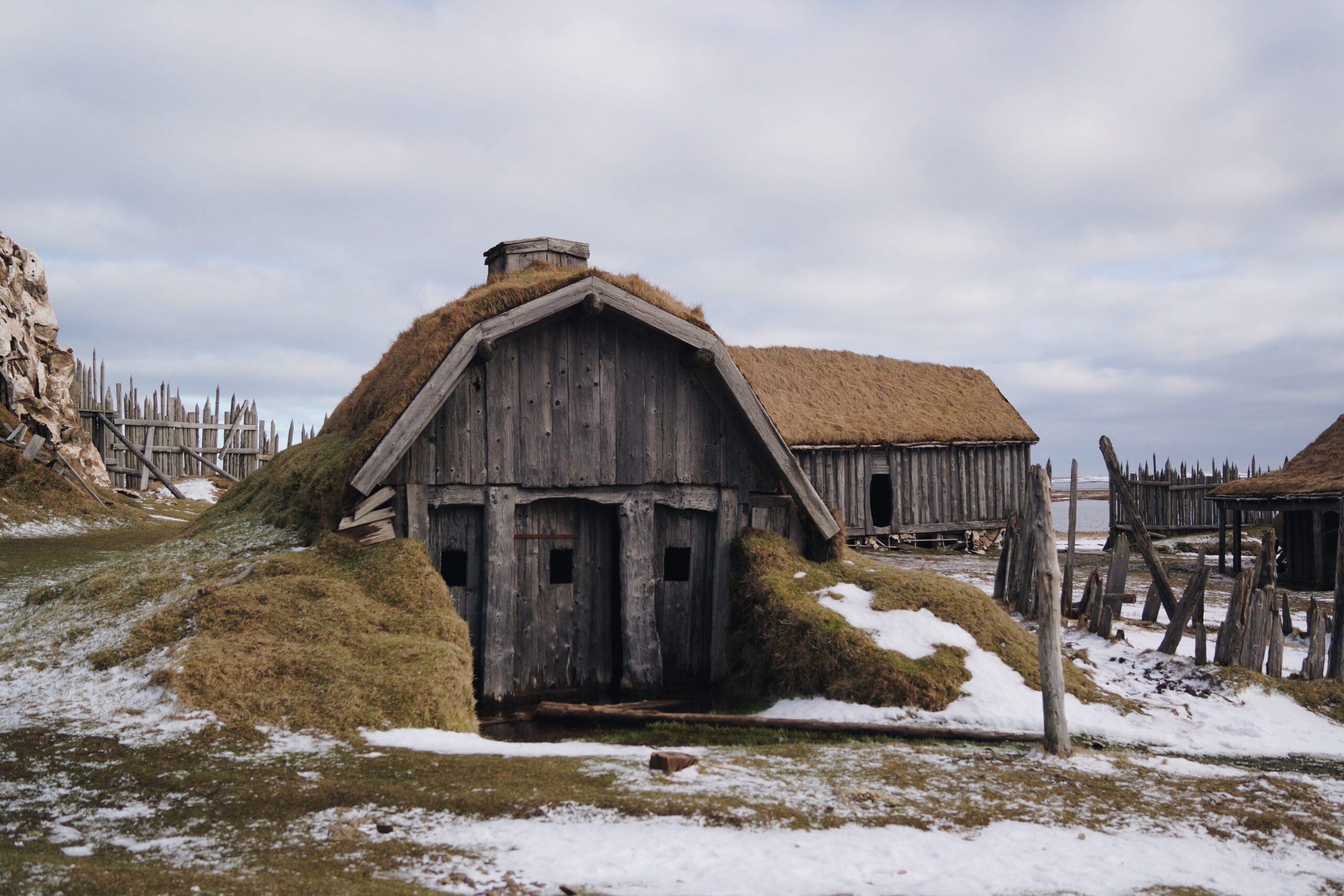Tl;dr: If you enjoy fantasy RPGs, buy Stonetop! Excellent GM advice, collaborative worldbuilding, and easy to improv. The beta materials are copious (over 200,000 words!), beautifully illustrated, and available to backers now.
Over two years ago, in December, 2020, I promised Jeremy Strandberg that if he sent me the beta-test materials for Stonetop, I’d play at least three sessions of his system and give him feedback. We ended up playing 41 sessions—the system is that much fun!
And while the printed books haven’t gone to press yet, that’s a testament to the perfectionism of the design team (Jason Lutes is the publisher, and Lucie Arnoux is the illustrator). The materials surpassed most systems in quality a year ago.
Here’s my elevator pitch to potential players: You and your fellow villagers know that you can keep the iron-age village of Stonetop safe from the strange creatures of the wider world and even help it prosper. And you’re willing to adventure away from Stonetop to get the resources you need to do so.
If you played RPGs in the 1970s, you’d eventually acquire and upgrade a stronghold for your PC’s glory—in Stonetop, you are specifically working with the other PCs to improve Stonetop itself. You see, your village comes with its own playbook, with 15 upgrades (“steading improvements”) that you can work towards, such as a palisade, a herd of horses, or a mill. The village is isolated, so there are plenty of opportunities for adventure not far from home. And the NPCs, your fellow villagers, will come to matter to you. In our campaign, we have over 40 named Stonetop villagers, with a tangled web of relationships with the PCs.
The GM is given four key resources: Book I, Book II, Starters, and Arcana cards. Each expands the state-of-the-art for fantasy PbtA games.
- Book I, Stonetop, has the rules, including probably the best fantasy PbtA GMing advice out there. Jeremy made his name writing his Spouting Lore blog, and he has been a key figure in the Dungeon World / fantasy PbtA community for a decade or so. That advice is worth the price by itself. (Book I’s current draft has 415 pages and 130,000 words, so it is comprehensive, to put it mildly.)
- Book II, The Wider World and Other Wonders, is an almanac of locales and creatures, full of unique beasts and places, but presented in a way so as to be immediately useful to the GM. I just recently read an RPG that spent pages discussing a race, their culture and outlook, reading like an encyclopedia entry and leaving me with no leverage. In contrast, Jeremy provides hooks that you can immediately use to improvise: names, random tables, questions to ask the players, dangers, and artifacts. The setting has a few key pillars of lore, with plenty of room for collaborative anti-canon world-building between them. (The draft, which still has some missing entries, is 285 pages long, with over 81,000 words.)
- Three solid starters to choose from make it easy for the GM to run their first few sessions (after which, Book II will help the GM easily improvise subsequent sessions). Every PbtA game should include starters like these.
- The major and minor arcana provide decks of magic items. Having played Stonetop, I can’t really imagine playing any fantasy game in the future without such treasure. These two-sided cards show how to unlock the artifact on one side (“wear it for three days and three long, long nights, suffering through the nightmares; bring to heel the slavering wraiths that are tethered to it”) and what it does on the other (“When you let slip the wraiths tethered to the mantle, treat them as followers…”). Many arcana have ways of going wrong (“they are loathe to return to the mantle; you must spend their Loyalty or Persuade them”), which in play spin off their own consequences and story arcs.
Highlights:
- Like most PbtA-style games, players need little more than their two-page playbook and the Moves handout in order to play. No need to read a “player’s handbook.” Unlike 5e, their character sheet (playbook) has all the class-specific detail they need.
- The wording of the core moves has been refined through years of play. These began as Dungeon World moves but have been significantly rewritten for better gameplay.
- Fantastic art. Go have a look.
- The PC introductions procedure is so good that I adapted it for my Impulse Drive campaign and plan on using the process in other campaigns. Like Apocalypse World, Stonetop handles initial bonds between characters by listing different questions in each playbook for players to ask each other.
- The XP carrot for instincts (a refinement of drives) inspires scenes and keeps the players roleplaying each session. The reward at the end reminds them to lean into it during play, in a way that alignment didn’t.
- Stonetop has encouraged me to have the players contribute to the setting more, in all my GMing: “What has been your character’s experience with X?” I now draw the narrative line differently than in my 5e days.
About the only thing that didn’t work well for us was the abstracted wealth system. While I enjoyed GMing a society that functions more as a gift economy (within the village itself), the tiered values of items remained confusing to my players, as did the similarity of the terms Surplus and Supplies.
My hacks to the system have been minimal: integrating a Flashback move to keep things advancing, and experimenting with different forms of prep (threat maps, Monster of the Week countdowns). [See my blog post Customizing Stonetop for more details.]
Stonetop is a phenomenal system, representing the current best practices for a fantasy PbtA game, and I look forward to running a second campaign of it.
If any of this resonated, by all means go buy Stonetop!


